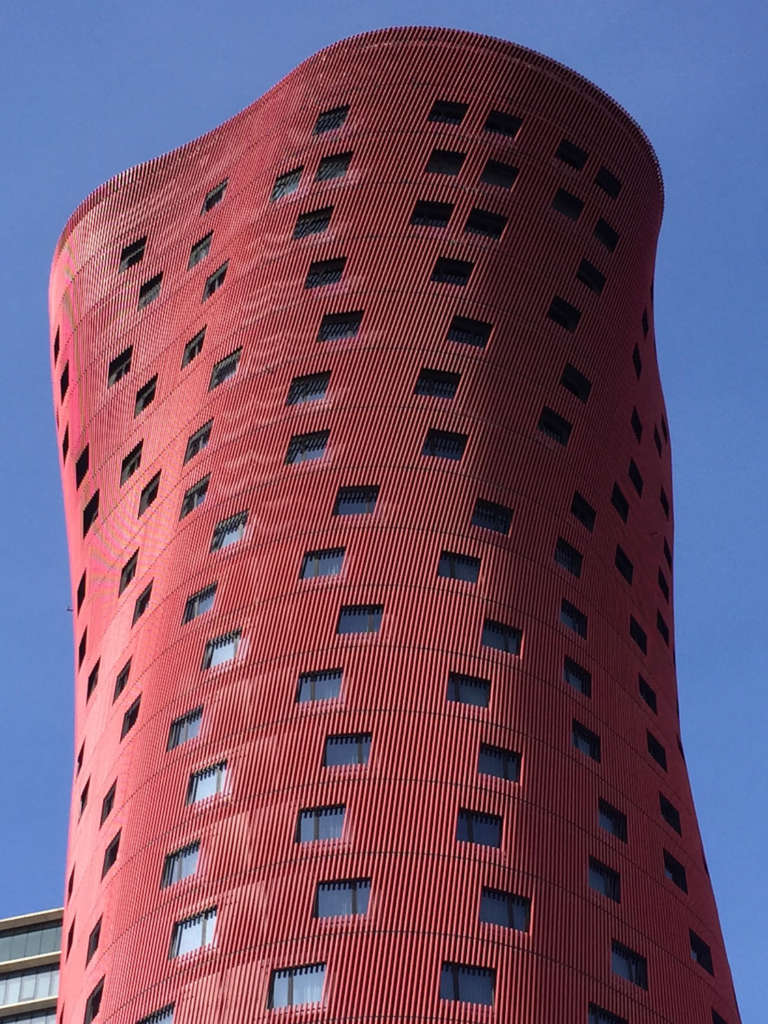
This article is part of our ongoing series on the Top 10 Architecture Firms around the world.
With an architectural history steeped in tradition, what I find most interesting about contemporary Japanese architecture is its desire to honour its past while recognizing the needs of living in modern society. The art of making architecture in Japan has always been a time-honoured practice through an understanding of the site, respect for nature, and knowledge of material. Contemporary architects seek to enhance those traditions by using these materials and forms in new and exciting ways. It’s no surprise then that so many Pritzker Prize-winning architects come from Japan, and that their voice in the global architectural world is so respected.
If you missed our post on The MUST-SEE Architecture in Tokyo, I suggest checking it out as it’s a great place to learn about the country’s biggest architectural movements and latest contemporary works.
The Top 10 isn’t a ranking, just a collection of what I believe are the best firms in the country based on their perceived reputation and personal opinion.
I’d also like to extend a big thank you to architect and traveller Jeff Hardy (@jeffed_up on Instagram) for his photography and contributions in preparing this article.
With that said, here are my picks for The Top 10 Architecture Firms in Japan.

Kengo Kuma & Associates
Kengo Kuma & Associates is a Tokyo-based company that seeks to recover the country’s ancient spirit of building in a contemporary way. Deeply rooted in the traditions of Japanese design, one of their better-known projects is the Yusuhara Wooden Bridge Museum which uses the “hanegi” construction method to support an entire wood structure on a single column. Other great works include an observation tower overlooking Mount Fugi and the V&A Dundee Museum in Scotland.
Tadao Ando Architects & Associates
A leading figure of Japanese architecture and design, Tadao Ando is best-known for his delicate use of light and concrete to express the raw beauty of nature. For Ando, empty space creates an opportunity for a person to look inward on oneself, rather than conveying an outward appearance to the world. His most notable projects include the Church of the Light, Modern Art Museum of Fort Worth, and the Nariwa Museum of Art (pictured). Ando was the recipient of the 1995 Pritzker Prize of Architecture.
Shigeru Ban Architects
Shigeru Ban is best known for his ingenious use of recycled paper as well as a commitment to humanitarian causes around the world. Materials are at the core of Ban’s work, and his expressive designs seamlessly integrate the building’s structure into its overall form. His most notable work includes the Centre Pompidou-Metz, Cardboard Cathedral, and Aspen Art Museum (pictured). Ban received the Pritzker Prize for Architecture in 2014


Toyo Ito & Associates
Widely considered one of the world’s most innovative architects, Toyo Ito is known for his continued exploration of post-modernism and its role in contemporary architecture with respect to form-finding. Ito is noted for seeing architecture as “clothing” for the residents of its cities and many of his buildings are characterized by their expressive facades. Ito won the 2013 Pritzker Prize for Architecture for his lifelong contribution to the field of architecture.
SANAA
SANAA was founded by architects Kazuyo Sejima and Ryue Nishizawa in 1995. The duo has completed several high-profile projects like the Zollverein School of Management (pictured) and stunningly-serpentine Grace Farms in Connecticut. The firm is best known for its contemporary design that combines elements of nature, simplicity, and openness. They were awarded the 2012 Pritzker Prize for Architecture.
Junya Ishigami + Associates
An emerging architecture practice based in Tokyo, Junya Ishigami previously worked in the offices of SANAA before creating his own practice, Junya Ishigami + Associates in 2004. In 2010 he won the best project at the Venice Architecture Biennale and recently completed the 2019 edition of the Serpentine Pavilion in London. The design featured a large sheet of slate supported on a thin steel structure.

Hiroshi Nakamura & NAP
The work of Hiroshi Nakamura & NAP is evocative by nature. At the core of the firm’s practice is a desire to enhance the bodily experience within nature and celebrate the spiritual harmony that exists between people and their environment. The use of sun, wind, wood and earthly materials are core tenets of their philosophy, most notably interpreted through their design of the Sayama Forest Chapel and Ribbon Chapel (pictured).
Sou Fujimoto Architects
Sou Fujimoto established his practice at the beginning of 2000. Having been brought up in the Hokkaido countryside and then trained in Tokyo, Fujimoto is most interested in the discourse of bringing nature into dense urban environments. Up to know, his best-known works have been theoretical small houses and light structures. In 2013, Fujimoto was invited to design the Serpentine Pavillion in London (pictured) which presented many of his ideas and aspirations for design.
Terunobu Fujimori
There is something whimsical about Fujimori’s work that sets it apart from the other architecture practices on this list. An architect and architectural historian by trade, Terunobu Fujimori is currently a professor at the University of Tokyo’s Institute of Industrial Science. Some of his best-known works include the Takasugi-an Tea House (pictured), Lamune Onsen, and Nemunoki Museum of Art.

Maki & Associates
Fumihiko Maki is a celebrated Japanese architect known for his fusion of western and eastern design. After graduating with a Master of Architecture degree from Harvard University in 1954, Maki returned to Japan in 1960 to start the Metabolism Group, a post-war Japanese architectural movement that combined ideas of architectural megastructures with organic biological growth. Maki received the Pritzker Prize for Architecture in 1993.











